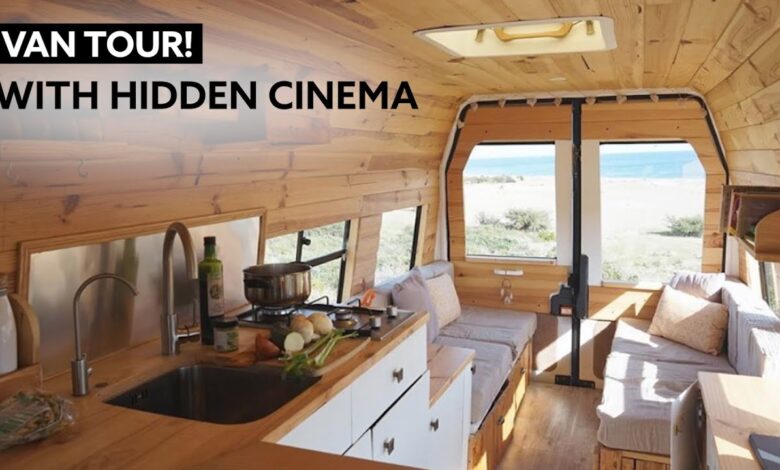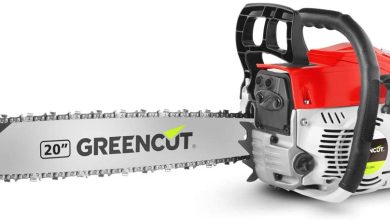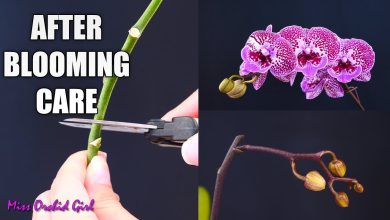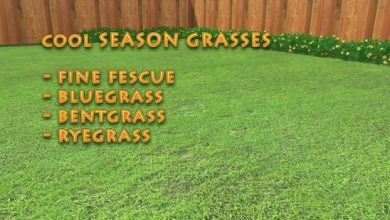Self-construction of Solar Kitchens

The purpose of this report is to summarize the basic principles that have been used in the design of solar cookers.
Solar cookers are used primarily to cook food and pasteurize water, although additional uses are continually being developed.
Many factors, including access to materials, availability of traditional kitchen fuels, climate, food preferences, cultural factors, and technical capabilities, make solar cookers affordable for people.
With a knowledge of the basics of solar energy and access to simple materials, such as cardboard, aluminum foil, and glass, an effective solar cooker can be built. The general lines of this report are the basic principles of the design of solar cookers, as well as identifying a wide range of materials that can be used in their construction.
These principles are outlined to be applicable to a wide variety of design problems. If you need to cook food, pasteurize water, or dry fish or grain, the basic principles of solar energy, heat transfer, and materials apply. We are committed to applying a wide variety of materials and techniques so that direct use of the sun’s energy can be made.
Next we will see the most relevant general concepts for the design or modification of a solar cooker:
1. Materials needed
2. Design and proportions
3. Realization of the solar cooker
4. Cultural factors
(…)
What are the main types of solar cookers?
There are three different types:
• Box kitchens (or Kerr-Cole)
The advantages of this type of cooker is the slowness, even when cooking large quantities of food. The variations range from the inclination towards the sun and the number of reflectors.
• Panel kitchens
This new kitchen was developed by Roger Bernard in France. This design has several flat panels that concentrate the sun’s rays on a pot inside a plastic bag or under a bowl. The advantage of this design is that it can be assembled in an hour or so, for next to nothing. In Kenya these stoves are being built for the Kakuma Shelter Project for US $ 2 each.
• Parabolic Cookers
This type of cooking is usually based on a concave disk that concentrates the sun’s rays on the bottom of a boat. The advantage of this kitchen is that it cooks almost as fast as a conventional kitchen. The downside is that they are complicated to make, that they must always be looking at the sun and that they can cause damage to the eyes if they are not used correctly. Some of these disadvantages can be solved thanks to the design of Dr. Dieter Seifert.
What temperature do solar cookers reach?
Put a thermostat in the part where the sun hits in a solar cooker, to know what is the temperature that the container is «noticing» right now.
The temperature that a box or panel solar cooker can reach depends mainly on the number and size of reflector / s used. A Kerr-Cole solar cooker (or also called a box) can reach 150º C (300º F) which is the temperature at which food is usually cooked. Higher temperatures are not needed for cooking. Your oven will cook perfectly when it reaches 90º C (200º F) or so. Higher temperatures only serve to cook faster or more quantity and allow cooking on days without much sun. However, many people prefer to cook with lower temperatures, since they can leave their food in the morning and go to work. In a box-type solar cooker with a single reflector, once the food is cooked, the food stays hot and does not burn.
The temperatures that appear in cookbooks are only for faster cooking or browning.
Should I worry about making a kitchen with «real» materials like wood or glass, or is cardboard enough?
Unless you have to make a kitchen that will be outside even if it rains, the cardboard will be more than enough. The cardboard is very manageable and withstands heat very well. Some people have used the same kitchen for 10 years.
Access the complete Solar Kitchens Self – Construction manual to know how to build your solar cooker
.




